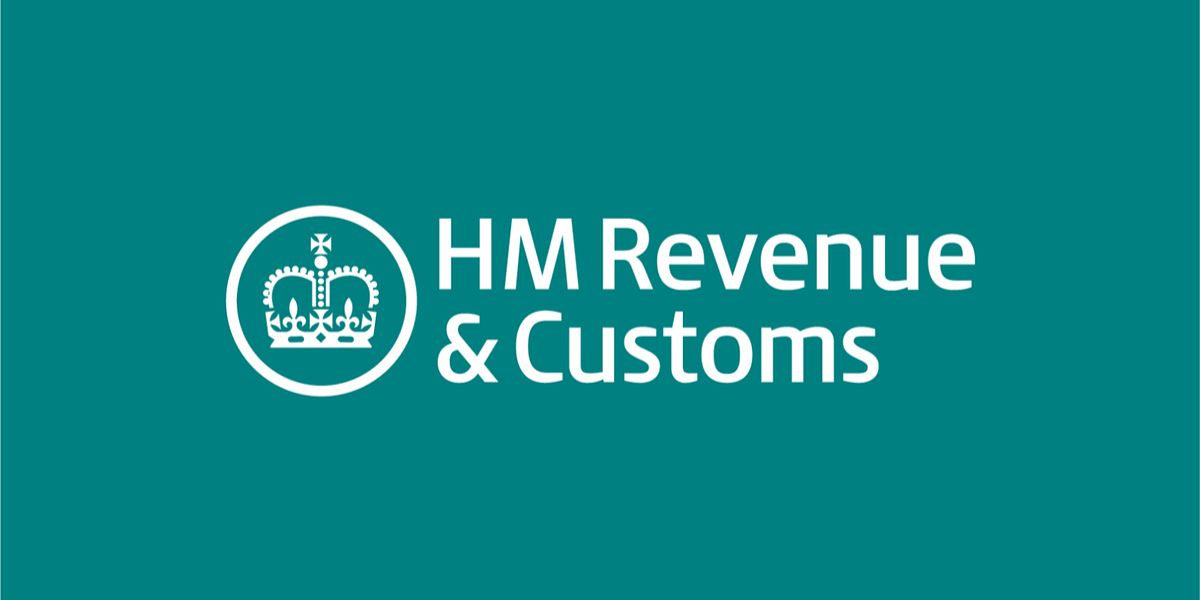Following a consultation on research and development tax relief the UK government has announced a two-year plan to make it easier for small and medium enterprises (SMEs) conducting research and development (R&D) to claim the tax relief. The government aims to raise awareness of the relief among SMEs and simplify the application process. On 28 October 2015 a document entitled Making R&D Easier: HMRC’s Plan for Small Business R&D Tax Relief was published. This sets out various aspects of the plan to facilitate access to R&D tax relief.
Plan to raise SME awareness of R&D tax relief
HMRC will examine methods of improving its communication of R&D tax relief making use of the available data. HMRC will also cooperate with other government agencies to identify those small companies that have engaged in R&D activities but have not yet claimed tax relief.
The results of the consultation on R&D tax relief made it clear that a decision to act as a subcontractor for R&D or to contract out R&D is a key event in the business lifecycle of an SME. An understanding of the rules for R&D tax relief is important for these businesses in planning their future growth. HMRC therefore intends to review the treatment of subcontractors in the R&D tax relief schemes and focus on better guidance to explain the implications of the rules for smaller businesses.
In addition to advances in science and technology the definition of R&D for purposes of the relief includes “use of science and technology to duplicate the effect of an existing process ….. in a new or appreciably improved way”. Respondents to the consultation suggested that the current HMRC guidance does not focus enough on this “appreciable improvement” part of the definition. HMRC intends to develop a wider range of examples and guidance to cover the whole definition of R&D and help smaller firms to understand the relief.
Understanding R&D tax relief
The results of the consultation included advice from respondents that guidance for small business should be linked to significant business life events rather than following the format of the legislation. The respondents also suggested that non-text elements should be included in the guidance to explain complex areas.
HMRC is to issue improved guidance on the interaction of R&D tax relief and grant schemes in the context of state aid. HMRC will ensure that first time claimants have a better grasp of how the tax relief affects their business so they can feel confident in making the claim. Guidance on the R&D tax relief for small business will be developed with stakeholder involvement and concentrate on aspects that small companies find it difficult to understand.
To help new claimants HMRC is to produce templates and guidance products to help small businesses record their qualifying activity and qualifying expenditure. For smaller businesses undertaking software R&D HMRC will look at ways to provide up-front certainty of what can be claimed.
Advance Assurance
From November 2015 small companies with turnover under GBP 2 million and fewer than 50 employees can apply for Advance Assurance on their eligibility for R&D tax relief, so they can have more certainty of the outcome of their claim and better plan their financing. The focus will be on first time claimants.
Advance Assurance is a voluntary, non-statutory scheme for companies that have already engaged in R&D or for companies that are intending to carry out R&D activities. Successful applicants can receive assurance that HMRC will allow their first three years of claims for R&D tax relief without the need for any further enquiries.
After assessing the demand for this service HMRC will look at the possibility of extending it beyond the smallest companies. Working with businesses and financial advisers HMRC will look at the link between Advance Assurance and financing for innovative small companies and how the links can be strengthened.


















